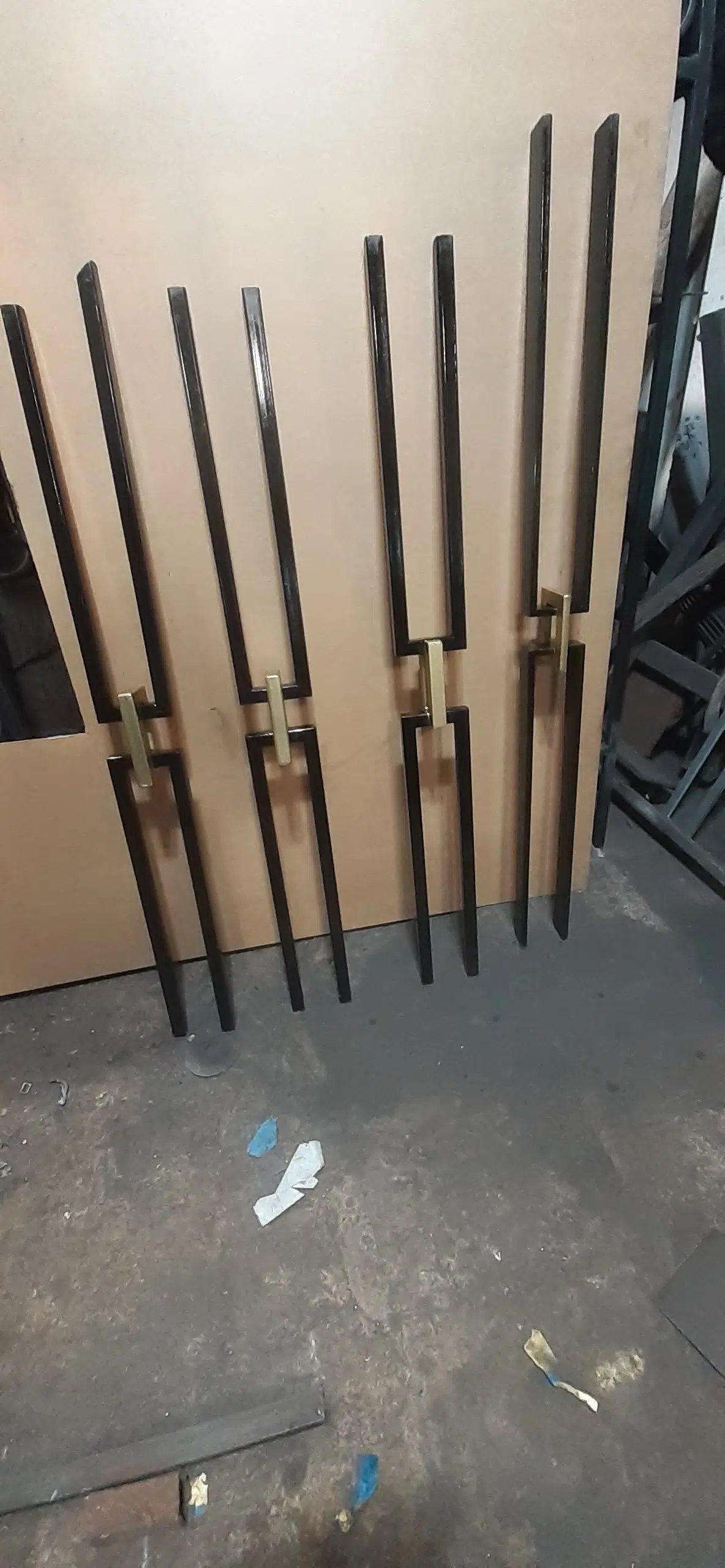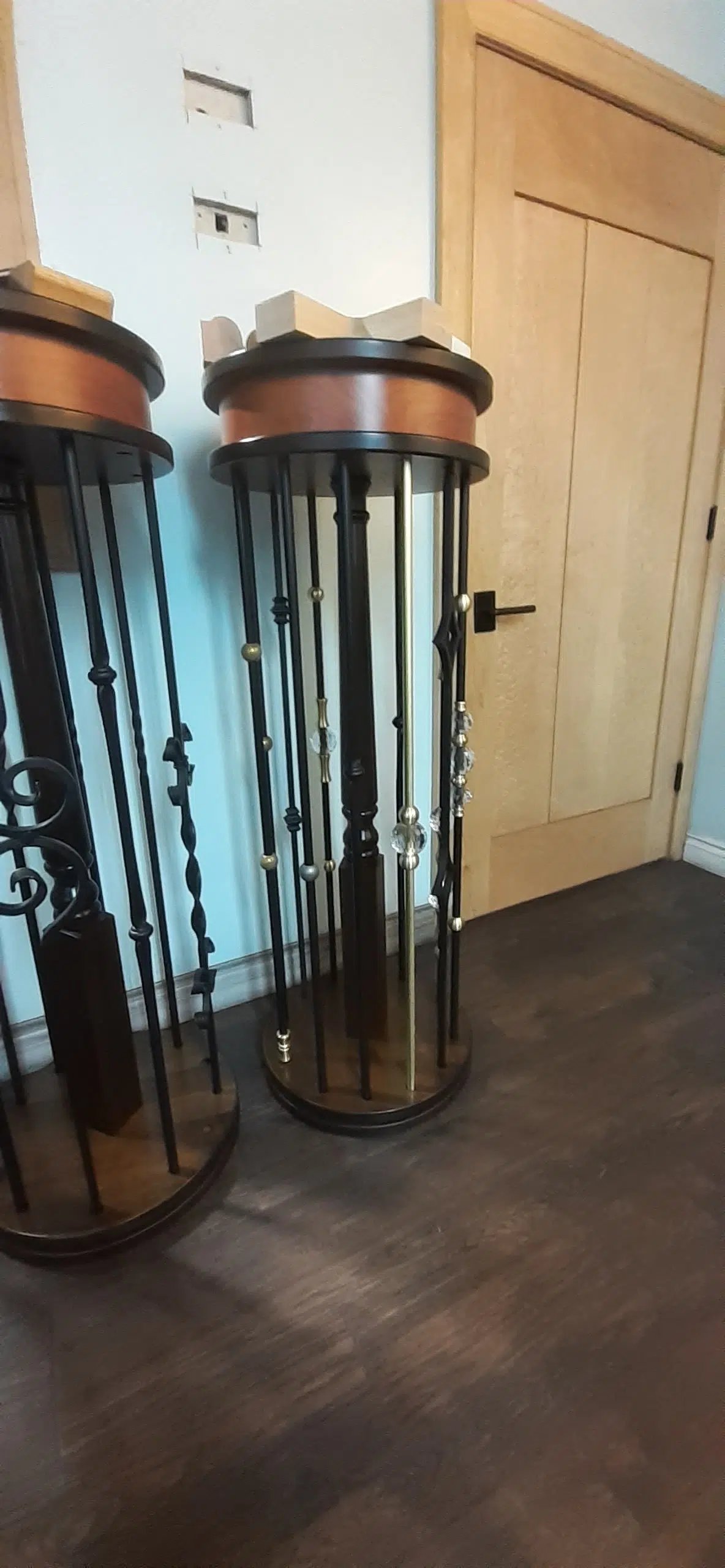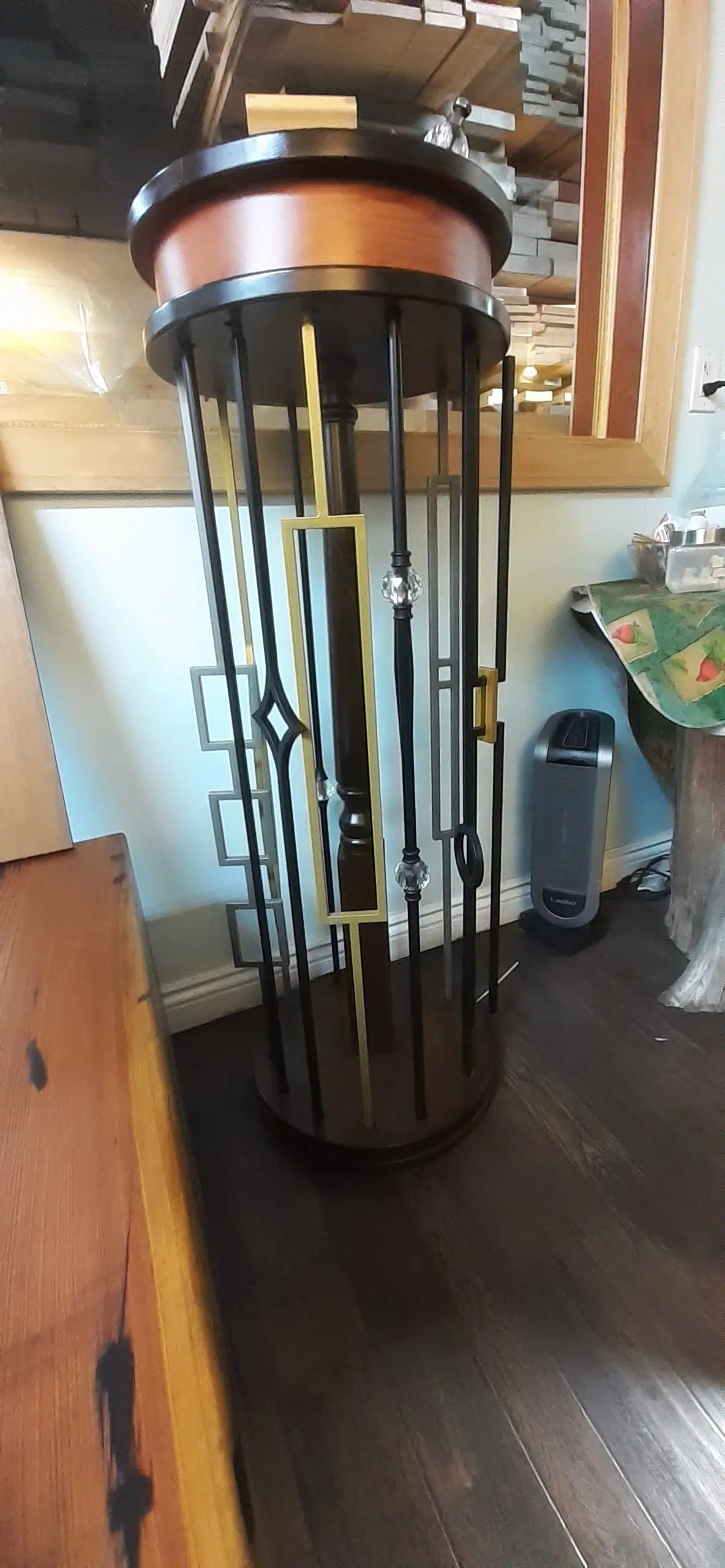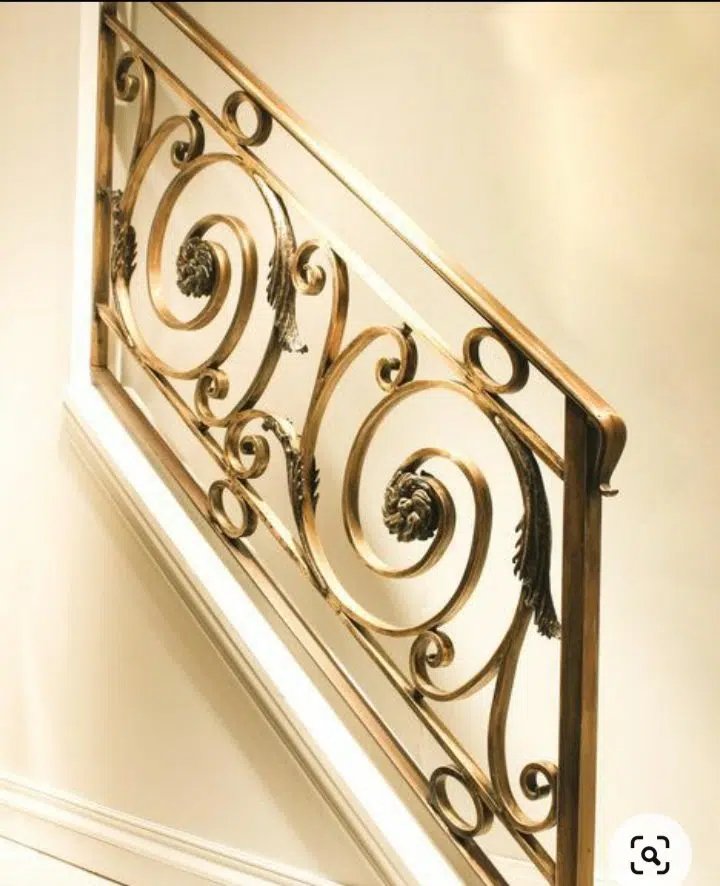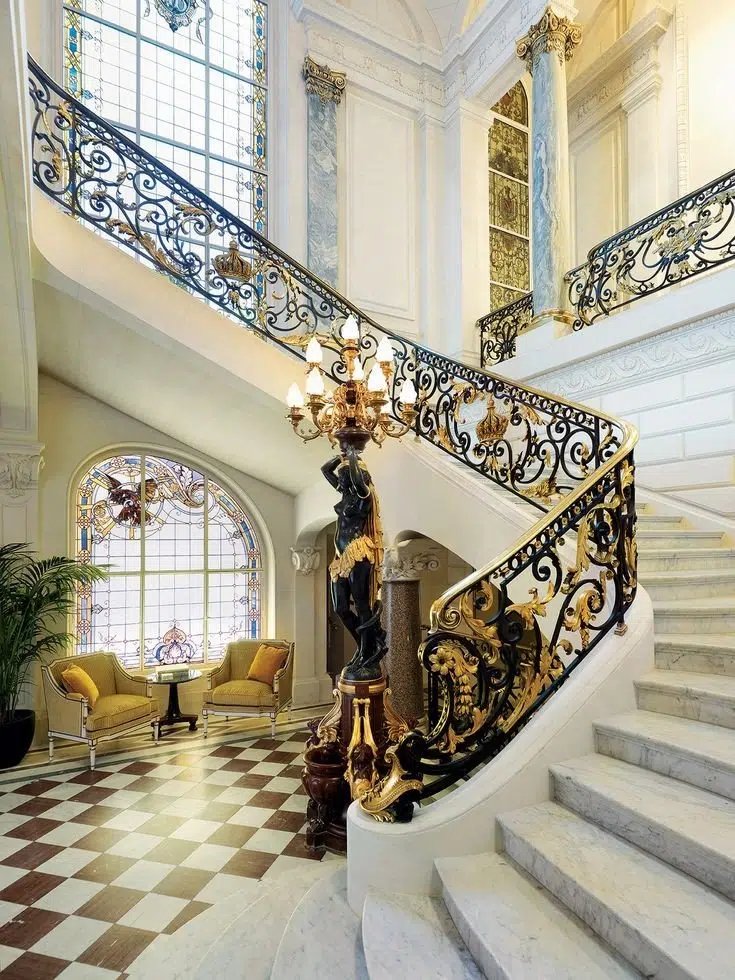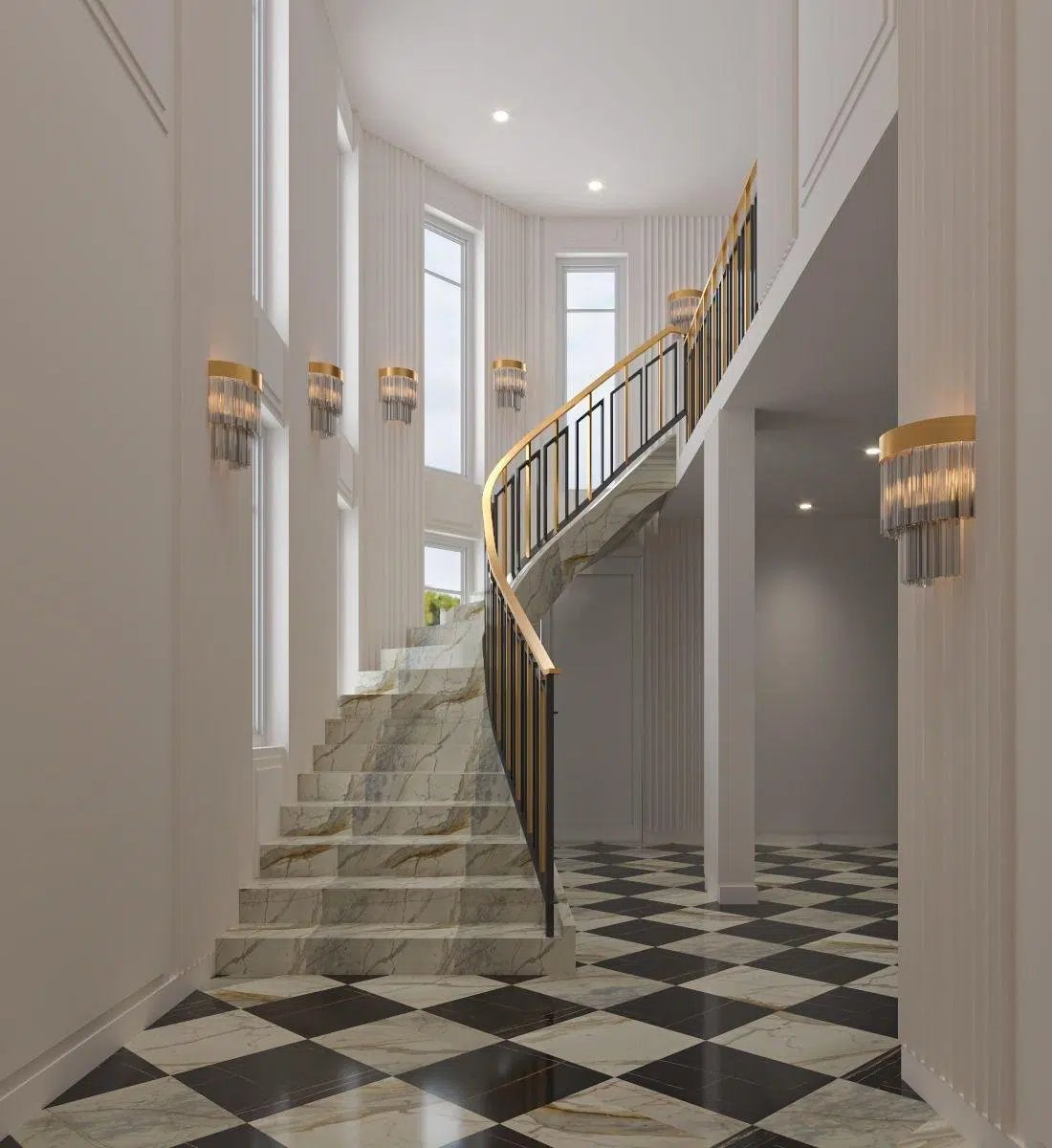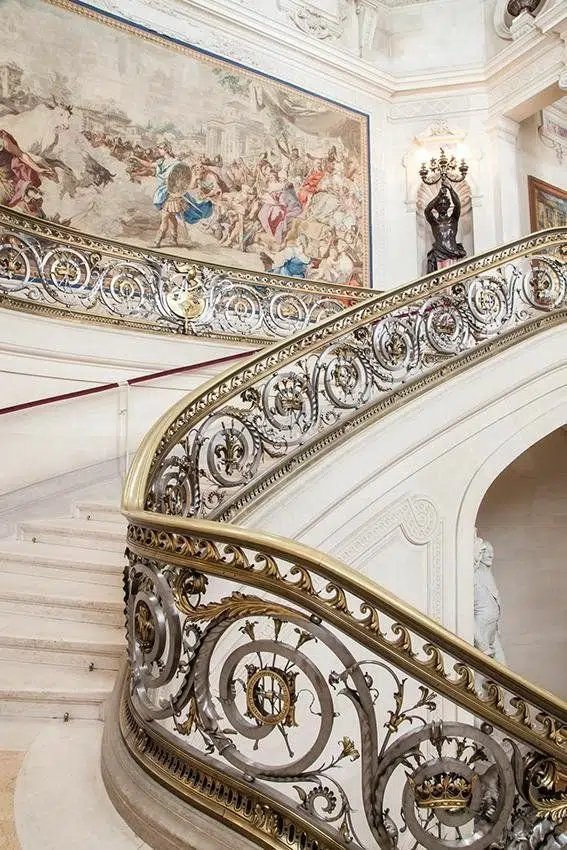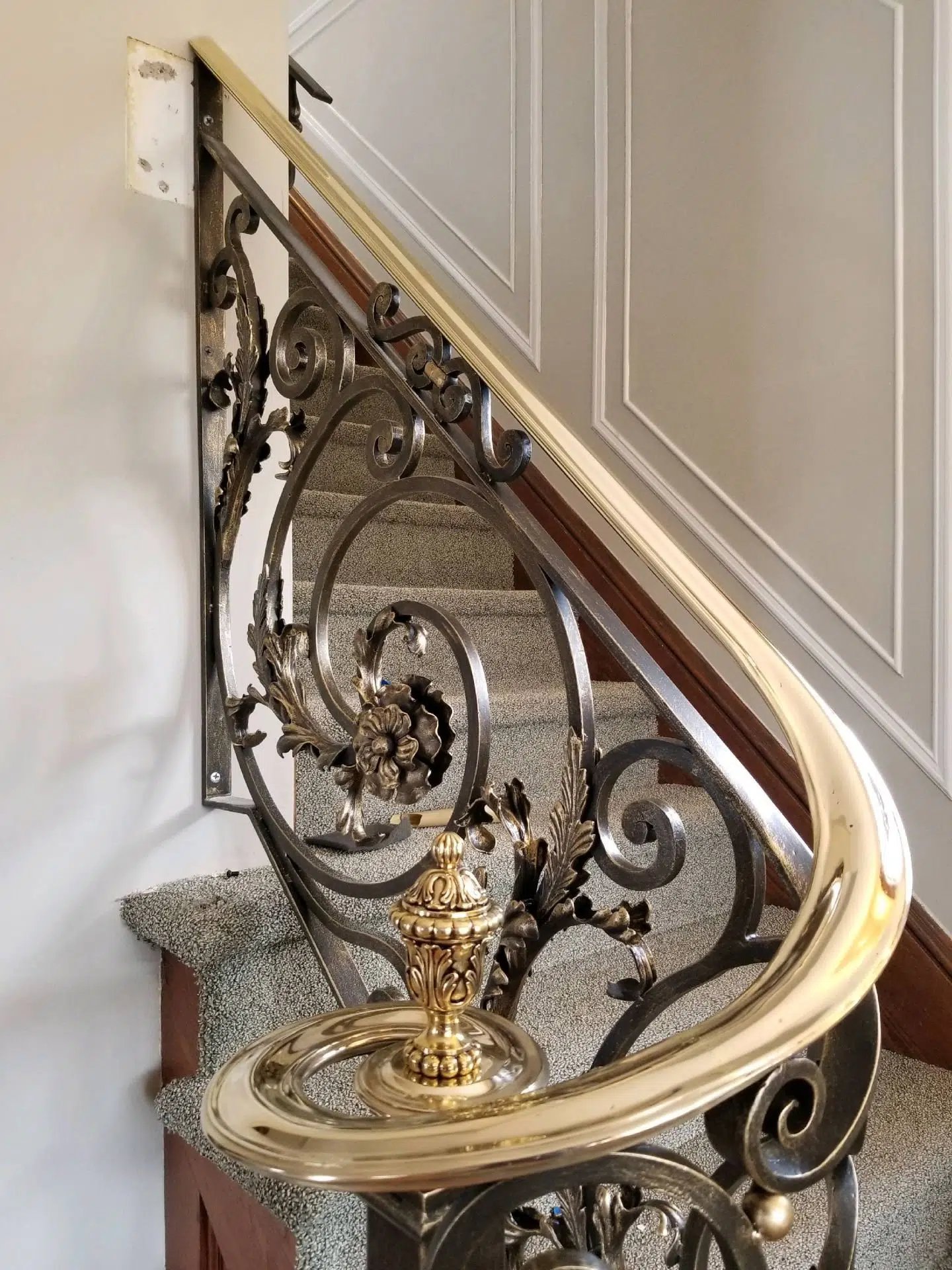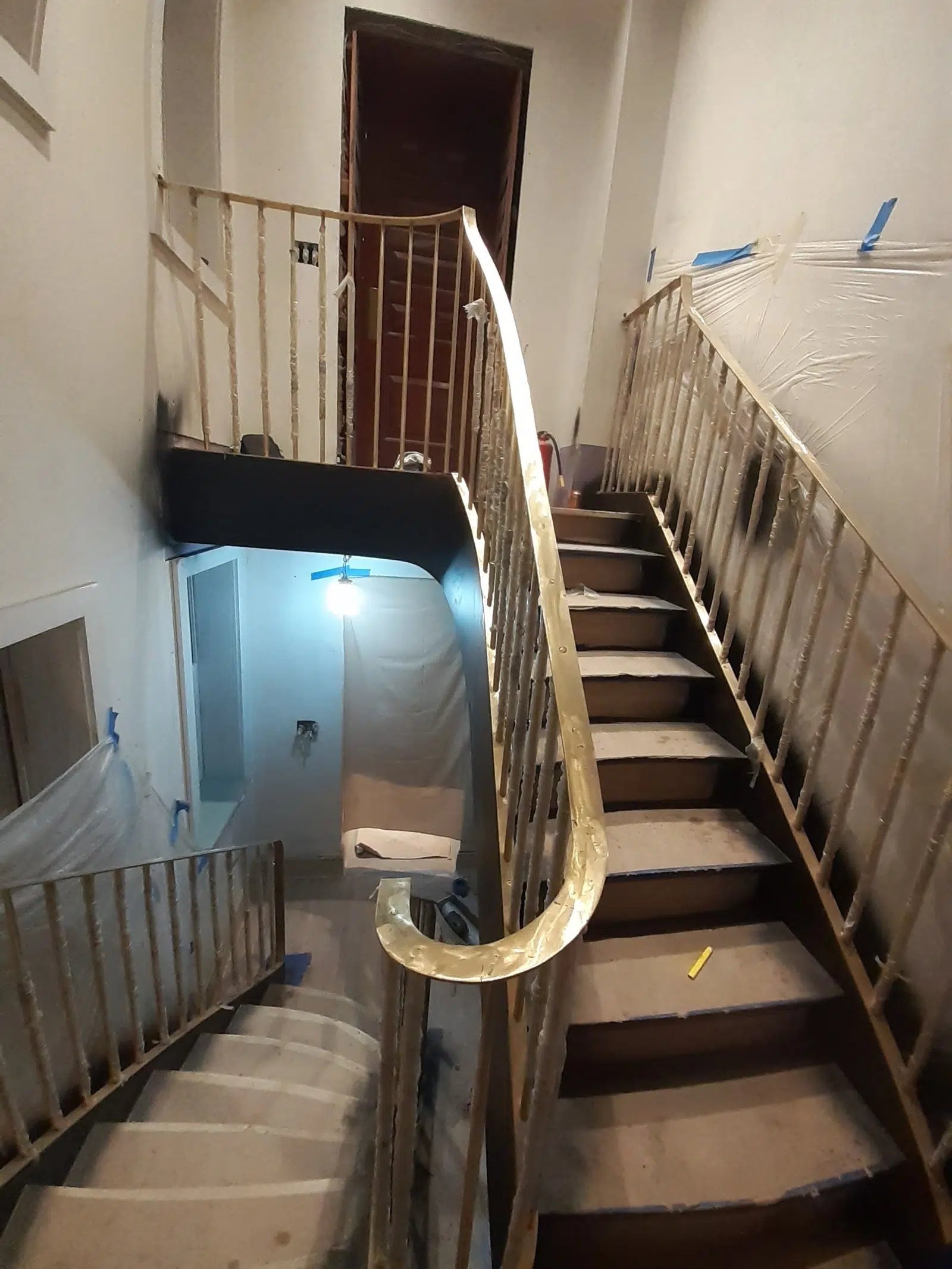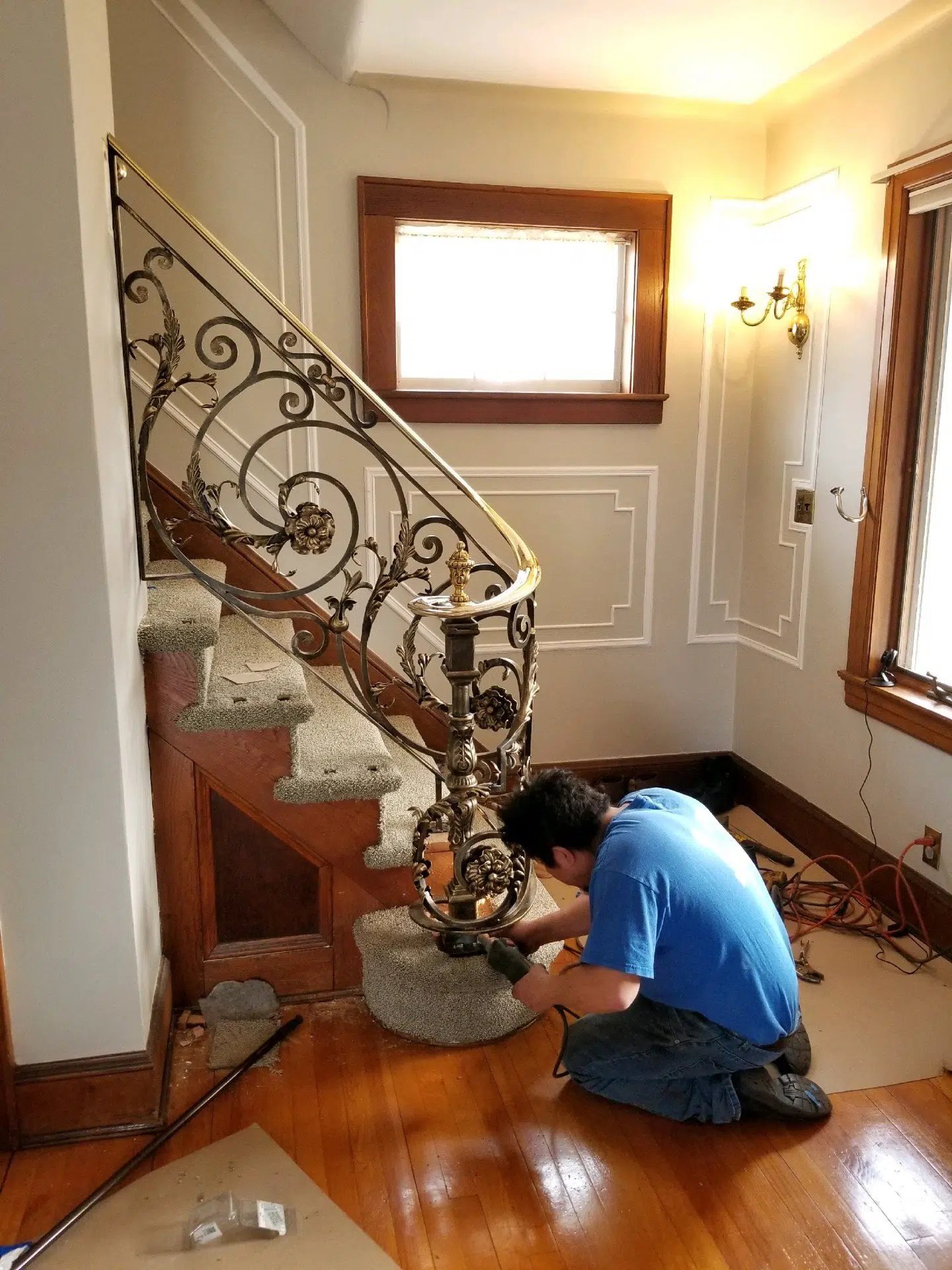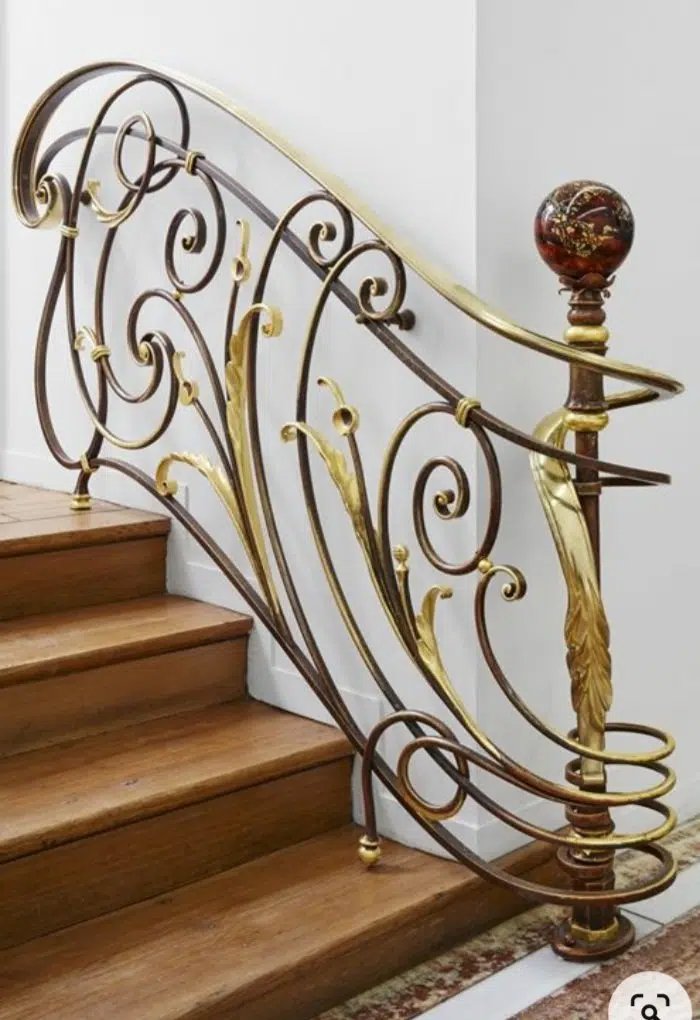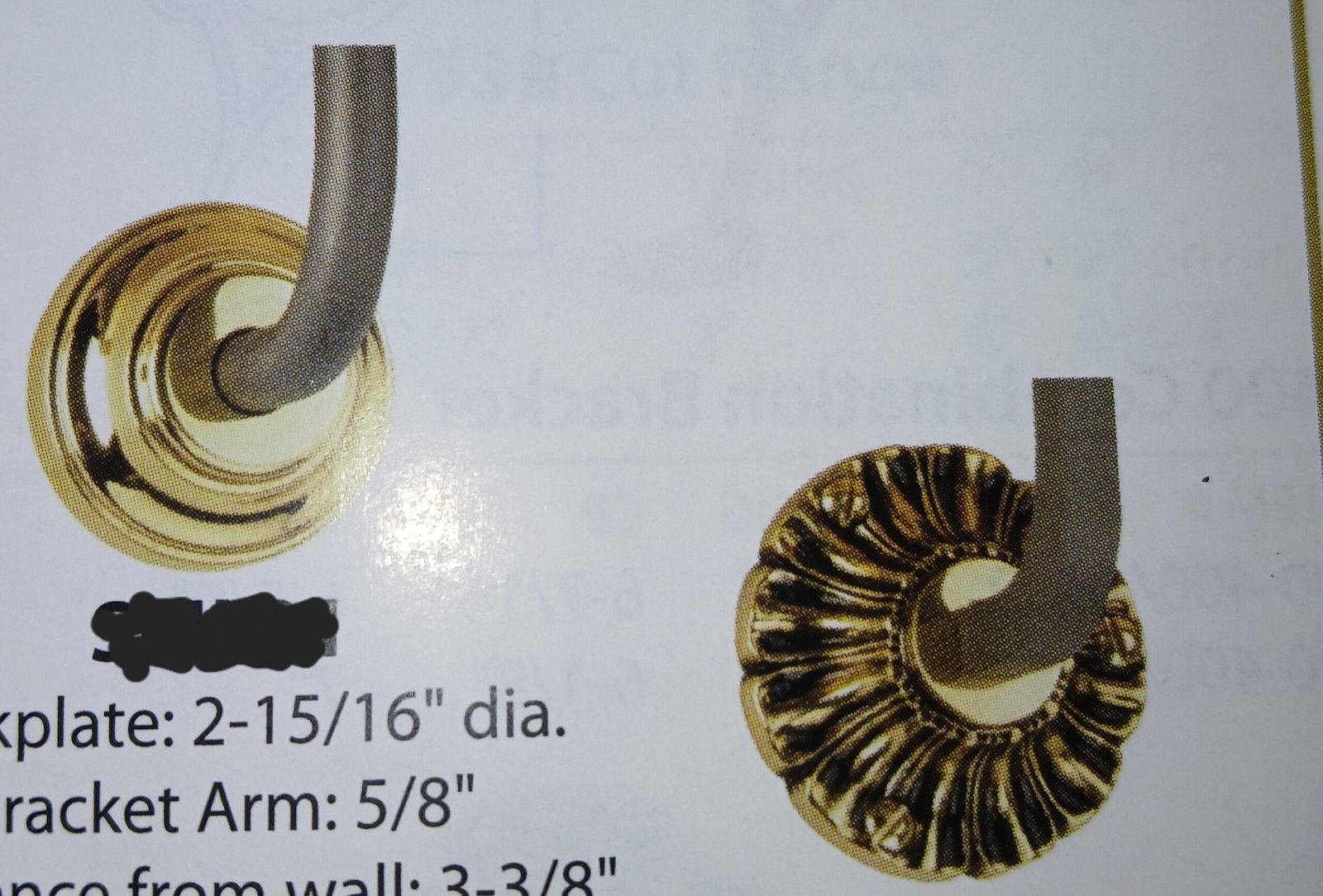Introduction
In the world of ornamental ironwork, beauty and durability go hand in hand. One of the most essential yet overlooked techniques behind strong and seamless designs is brazing—a precise metal-joining process that allows artisans to create intricate, long-lasting structures in iron and other metals.
At the intersection of engineering and craftsmanship, brazing plays a vital role in producing decorative gates, railings, enclosures, and other custom pieces that demand both strength and aesthetic perfection.
What is Brazing?
Brazing is a metal-joining process that uses a filler metal (usually a copper, silver, or brass alloy) heated above 840°F (450°C) but below the melting point of the base metals. The molten filler flows into the joint by capillary action and creates a solid, leak-proof bond once cooled.
Unlike welding, brazing does not melt the base materials, making it ideal for joining thin-walled, delicate, or ornamental components without distortion.
Why Brazing Matters in Artisan Ironwork
1. Precision & Control
Artisan metalworkers rely on brazing to create clean joints in decorative scrolls, panels, and frames. It’s perfect for intricate elements that require fine alignment and tight connections.
2. Aesthetic Superiority
Since brazing doesn’t warp or discolor the parent metals, it preserves the clean lines and polished finish of ornamental pieces—especially important for visible joints in high-end designs.
3. Versatility with Materials
Brazing can join dissimilar metals like wrought iron, bronze, brass, and steel, making it a go-to method for custom mixed-metal designs.
4. Structural Integrity
Despite its delicate nature, a brazed joint is extremely strong—capable of withstanding stress, vibration, and exposure to the elements when properly done and sealed.
Applications of Brazing in Iron and Metal Design
• Ornamental Scrollwork
Brazing is used to join decorative scrolls to frames or gates without breaking the visual flow, ensuring that every curve looks intentional and elegant.
• Furniture Frames & Fixtures
In items like custom tables, lighting structures, and iron chairs, brazing ensures clean lines and strong bonds, especially when using mixed metals.
• Railings & Staircase Details
Complex railing joints, especially at transitions or corners, often require brazing to achieve flawless continuity without bulky weld seams.
• Outdoor Enclosures & Grilles
Brazed joints help maintain a smooth, unified look in architectural ironwork exposed to weather—particularly when combined with powder coating or patinas.
The Artisan Brazing Process
-
Surface Preparation
Metals are cleaned thoroughly to remove oxidation and contaminants, ensuring optimal adhesion. -
Flux Application
A flux is applied to prevent oxidation during heating and promote smooth filler flow. -
Controlled Heating
Using torches or induction heating, the joint is carefully heated to the required temperature. -
Filler Metal Introduction
The filler is melted and drawn into the joint, creating a capillary bond. -
Finishing & Cleaning
Once cooled, the joint is polished, ground, or patina-finished depending on the design.
Benefits of Brazing in Artisan Metalwork
| Feature | Benefit |
|---|---|
| Low Heat Process | Protects ornamental details from warping |
| Clean Finish | Seamless look, ideal for decorative work |
| Strong Bond | Holds up under weight and weather |
| Flexible Application | Works on various metal types and shapes |
| Environmentally Friendly | No harsh chemicals or heavy energy usage |
Why Choose Artisan Brazed Ironwork?
When you invest in handcrafted iron products, you’re not just buying raw metal—you’re purchasing a tradition of craftsmanship. Brazing is a quiet hero in this process, enabling:
-
Sleek, unbroken designs
-
Long-term durability in indoor and outdoor environments
-
The ability to bring your custom vision to life without compromise
Conclusion
Brazing is more than a technical step—it’s an art form in itself. In the hands of experienced metal artisans, this process creates strong, refined, and seamless designs that elevate ironwork from functional to exceptional. Whether you’re designing a staircase, gate, or furniture piece, trust in the brazed bond that holds beauty and strength together.



